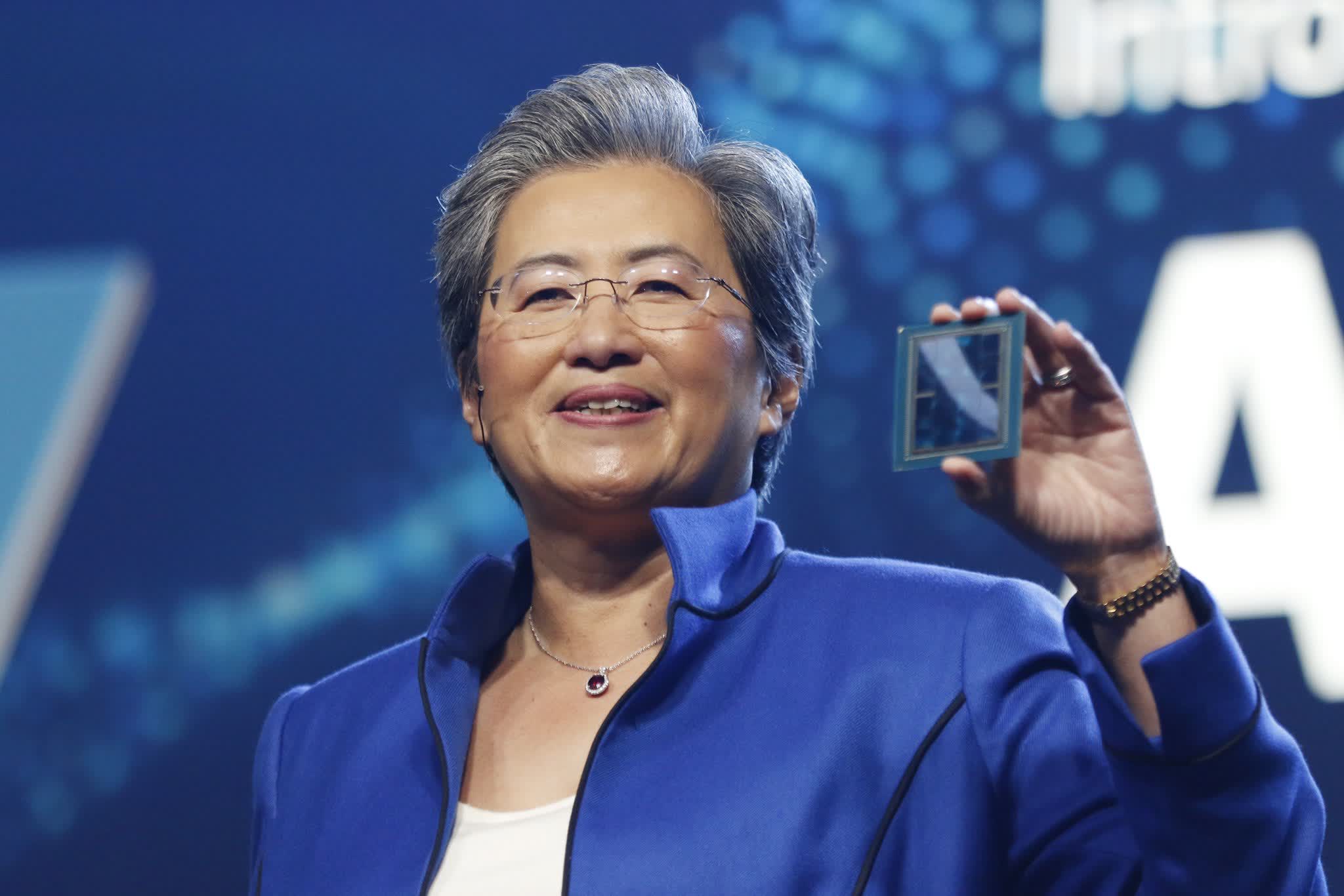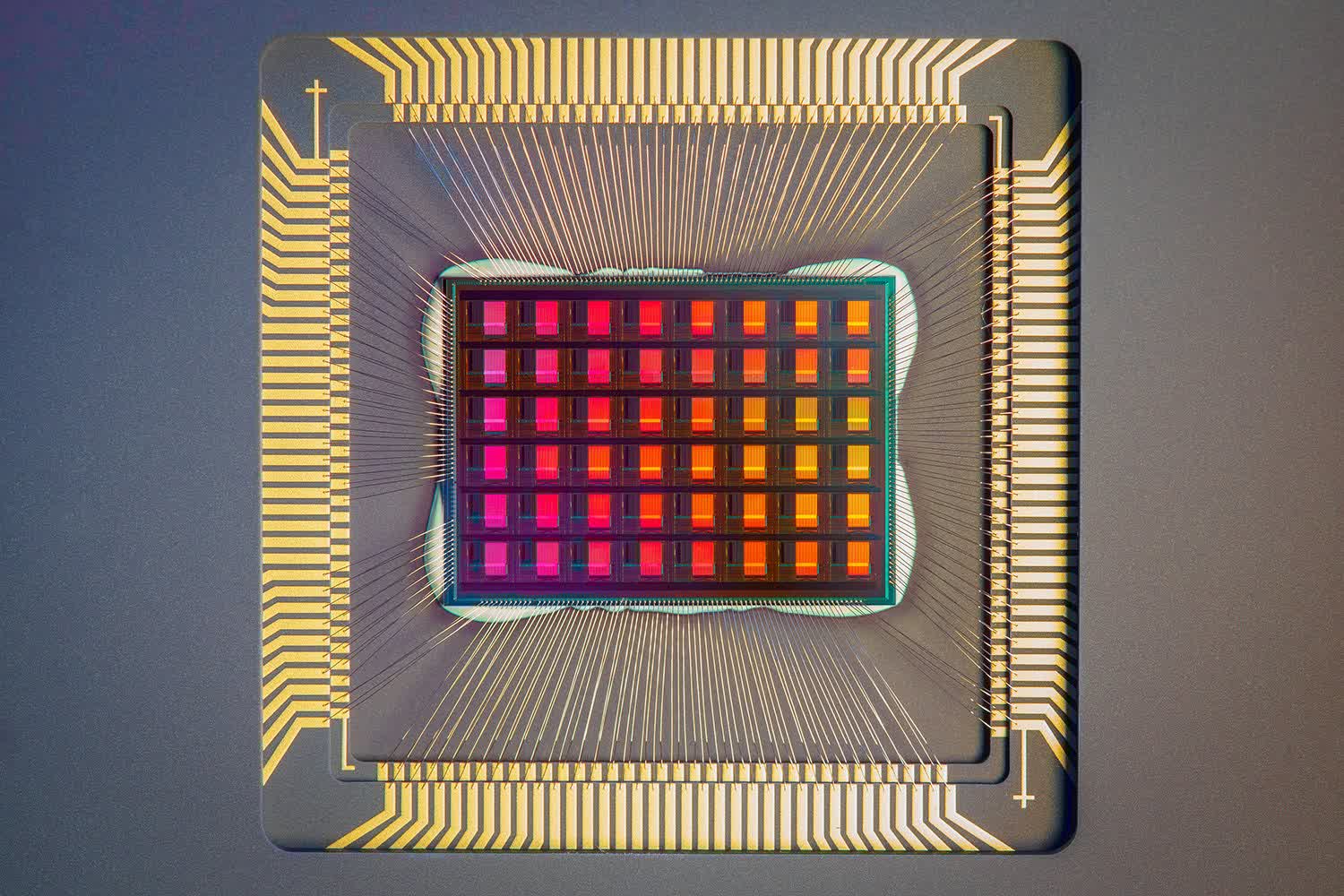In brief: Nvidia isn't the only company that wants to capitalize on the broad interest in AI tools for accelerating traditional workloads in a variety of industries. Like Team Green, the Lisa Su-powered AMD also wants a piece of the market for AI-fueled business tools and is already using AI internally to assist in designing future chips.
According to a recent survey, the so-called AI revolution is turning out to be quite depressing for many executives in the tech space. There are growing fears that machine-learning technologies are set to replace humans faster than we can retrain them, and it also doesn't help that companies big and small have been laying off thousands of workers, sometimes with the explicit intent to offload their work to generative artificial intelligence models.
Of course, not every tech leader is worried about AI. People like Nvidia CEO Jensen Huang are more than enthusiastic about its potential applications across a variety of fields of work. It's also no secret that Nvidia is well-positioned to sell most of the GPU shovels for the AI gold rush. AMD CEO Lisa Su is also a believer, albeit at the helm of a company that's only recently shifted more of its focus to developing hardware accelerators for artificial intelligence.

During the World Artificial Intelligence Conference in Shanghai, Su made a few remarks about the AI revolution and how AMD is leveraging advancements in this area for future product design. Su believes hardware engineering will soon require a larger set of skills to produce competitive chip designs. AMD CTO Mark Papermaster also confirmed that AMD is already using AI models in semiconductor design, testing, and verification, with plans to gradually incorporate it into its chip design workflow alongside traditional Electronic Design Automation (EDA) tools.
If the marketing language sounds familiar, it's because we've heard this before from Nvidia as well as every single EDA vendor looking to make their software suite more attractive for manufacturers. Like AMD, Team Green has a growing team of researchers and engineers dedicated to automating and improving chip design using AI tools, with a focus on solving hard problems like routing congestion and signal integrity as well as optimizing the most basic features of the transistor logic used in GPUs and other advanced silicon.
As for the hardware used to accelerate AI tasks as well as the software needed to take advantage of it, AMD has traditionally lagged behind Nvidia. Recently, Team Red has been making some progress in the hardware department with its Radeon Instinct products, but its ROCm software libraries have yet to see the kind of adoption that Nvidia's CUDA has.
